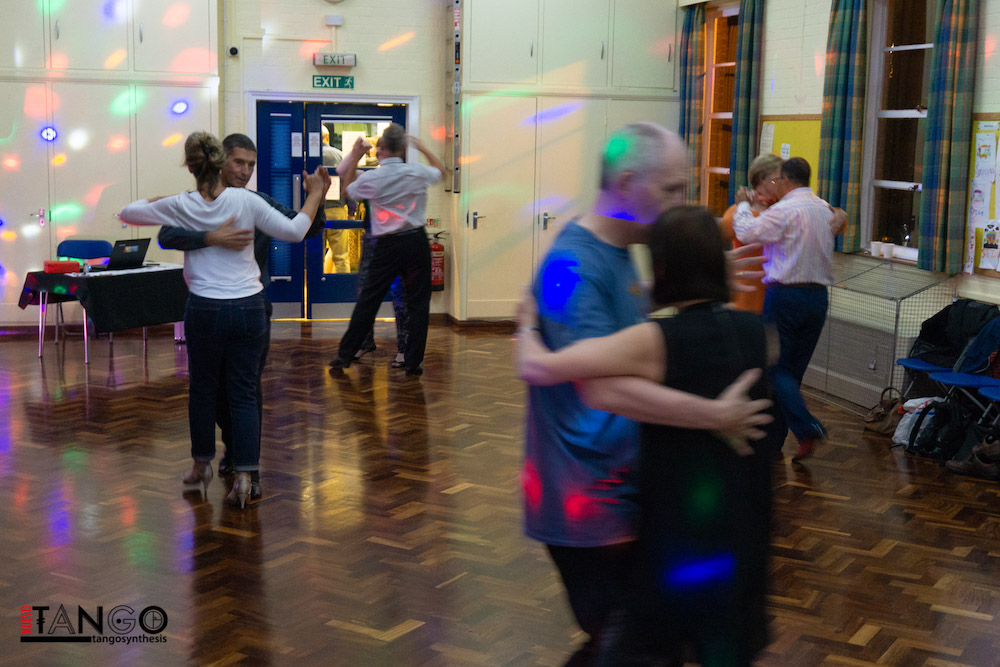Learning Neotango
nuevo [nway-voe] adj. A modern teaching style for tango.
The traditional way of learning Argentine Tango was to turn up to a Milonga (a tango social event) and watch other people dance. After a while you picked up some steps and you practised them with a willing volunteer until you could do them right, then you went back to a milonga to learn some more. This was a frustrating way to learn as you never had any idea why things weren't working, but for a long time it was the only way to learn.
Then in the mid to late 20th century, Gustavo Naveira (among others) made big steps in documenting the way that Argentine Tango actually worked, and a new style of teaching was born.
Nuevo Teaching Style
With a greater understanding of how the mechanics of the dance were actually supposed to work, teaching shifted from 'Just copy what I do' all the way to 'By transferring your weight in this manner you will cause your follower to do this'. It became truly teachable, scientific, and repeatable.
Both teaching methods are still in use today, but anywhere that advertisises itself as Neotango or as using a 'Nuevo Teaching Style' will have structure and explanation as part of their teaching. Steps will be broken down and explained in pieces before being assembled, and there will be a strong emphasis on understanding what you are doing, not just going through the motions and hoping you end up in the right place.

